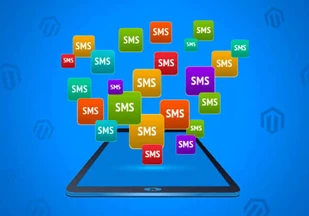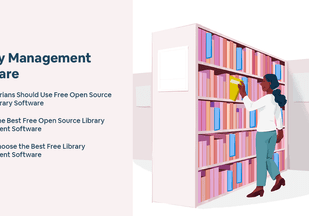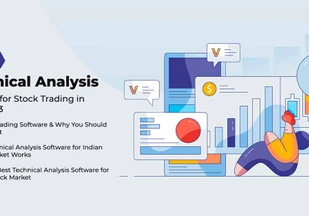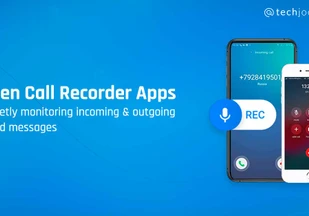Whether you’re running a small business or a large corporation, sales forecast is an essential exercise that you must perform. Typically, sales forecasts help companies allocate their resources, manage their supply chains, estimate their cost of sales, devise sales strategy and more.
Table of Contents
What is Sales Forecast?
Sales forecast meaning, to determine whether or not a sales force has sold in a given time period, an organization measures the number of units sold against the expected number of units to be sold. This process is called sales forecasting and is used to predict future volumes.
In recently conducted research by Aberdeen Group, it was revealed that companies are likelier to grow their revenue year over year with the help of accurate sales forecasts.
Sales forecasts enable you to identify potential issues which may be brimming under the surface but can be mitigated or avoided in time. Take for instance, your team has forecasted month end numbers that you’re aiming to achieve but you’re performing 25% below your target level.
You can make adjustments in real-time by coming out with an aggressive marketing campaign offering attractive discounts to course-correct the numbers.
Suggested Read: 15 Best Reseller Apps in India for Selling and Online Shopping
8 Best Sales Forecast Tips for Business Strategy
Let’s delve into how sales forecast can help your business.
Collaboration Rules the Roost!
To make your sales forecasting work, you need to understand that it’s a coming together of different teams to predict and analyse the expected sales forecasts for the coming month, quarter or the entire year.
People from each team need to get involved and make their case, as they each have different sets of data available from which they can derive different insights, which people from other teams might miss.
Also, this exercise helps breed team work and collaboration which is essential for aligning the company’s overall strategy for performance and forecasting.
Feasibility Reigns Supreme
It is easy to get excited and be pulled in by great forecast numbers but one has to take a step back and examine whether the opportunity presented is feasible or not. Those who are in the business of sales forecasting need to steer clear of optimistic speculation which may put a damper on their well laid plans.
So, take a step back, check and assess if your projection offers a viable opportunity or not, otherwise, you might just be going into a fight with one hand tied behind your back!
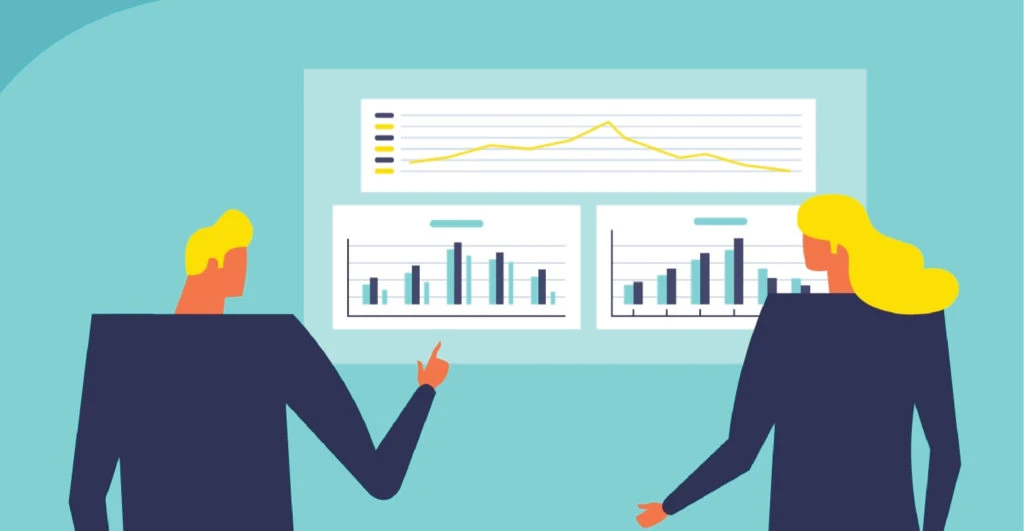

Get Tech Savvy, Pronto!
When you’re crunching numbers for that sales forecast, it’s easy to get lost in the sheer volume of data that you have to wade through to analyse patterns and trends. This is where CRM software comes in. CRM software accurately predicts future sales growth based on your potential leads’ pipeline.
Moreover, it helps add finesse to your sales strategy. Having an easy-to-use CRM solution can help you make informed decisions to take your business to the next level!
Biased Much? Weed it out
You’ll be traversing through different sets of data given by different departments, each set assembled together with a specific purpose in mind. Savvy managers know that they cannot rely on one set of data to build sales strategy for the entire organisation.
You need to weed out bias by analysing different sets of data and combing out insights which may prove useful for your company as a whole.
Made a Mistake? Don’t Fret, Learn From It
Sales forecasting is not an exact science and errors do occur. Learn from your incorrect sales projections to find out where you went wrong so that you’re able to project more accurately in the future.
Understand Your Customers
When you sit down together with your team to create your sales forecast strategy, you need to identify the when, where and how your customers buy your product. This is important for identifying your buyer persona and predicting buyer behaviour, so that you’re able to forecast more accurately.
When you have a finger on your customer’s pulse as to what ultimately pushes them to purchase your product/service, you’ll have a better understanding of buyer’s journey and what causes them to pull the trigger for your product.
Sales Forecast & Sales Strategy: Two Peas of the Same Pod?
Both sales forecasting and sales strategy go hand-in-hand, yet they’re independent of each other. Having a well-defined sales strategy can help you gain insight about your forecasting efforts.
As you take note of your forecasts and identify gaps that you may come across, mold your results into a sales strategy that helps turn your prospects into customers and in turn, deliver value to them.
Sales Forecasting ≠ Predicting Employee Churn
No amount of sales forecasting can prepare you for the situation when salespeople leave your organisation, either through termination or quitting. Your revenues end up taking a hit unless you’ve got a few hot prospects waiting to take their place. Similarly, as and when you hire new salespeople, your revenues would take a bump.
Wrapping Up
Sales forecasting is an integral part of any company’s strategy based on which you determine your hiring to resource management to goal-setting and budgeting needs.
Of course, your forecasts may not be always 100% correct, however them being wildly inaccurate would pose a bit of a problem. But, if you get your forecast right, it’ll help to both plan and drive your business growth.












